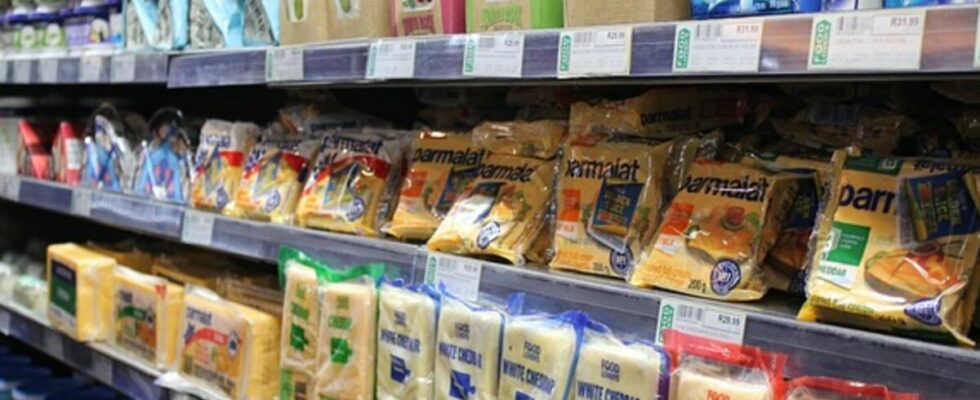Lately, daily life has not been easy for the French population, who are bearing the brunt of inflation (with repercussions on the average price of a food shopping basket) and the rise in the cost of living. A problem that also affects farmers (who recently demonstrated for better working conditions), beekeepers, and large-scale distribution suppliers more generally, who also have to face formidable negotiations, not always in their favor. The latest negotiations between large retailers and major brands have not led to much and sometimes even to unfair competition. It must be said that recently, on supermarket shelves, scams involving fake products of French origin have become more and more numerous and, above all, formidable. They play on ambiguity, and do not hesitate to highlight the provenance and/or French production through a small French flag, a map of France or other things even at the slightest element that comes from it (without this being the case for the rest of the ingredients). Compotes, cordon bleu, flour, cereals, jam… Nothing is spared and it is difficult to spot scams.
Firmer and more regular controls?
Aware of this problem “unacceptable”which is done “to the detriment of the production of our farmers”but which also misleads the consumer, the Minister of the Economy Bruno Le Maire assured of numerous checks to come, during his announcements Thursday February 1, 2024. Work for the repression of fraud, which is not its first attempt and which has been fighting as best it can for several years to control the excesses. On February 6, 2024, The Parisian thus affirmed that, according to the Directorate General for Competition, Consumer Affairs and Fraud Control (DGCCRF), in 2022 and 2023, “10,000 establishments, all food sectors combined, were inspected”. At least “1,200 sanctions” would have been applied for “abnormalities noted”. Controls which, if we are to believe Bruno Le Maire, should now be firmer but also more regular: they should no longer reach the mark of 10,000 every two years but rather every year.
